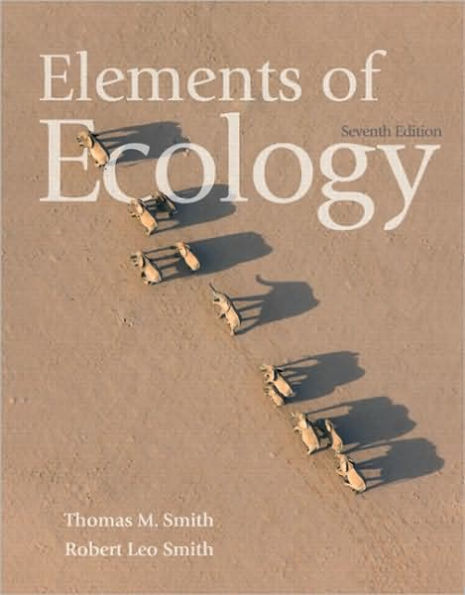5
1
9780321559579


Elements of Ecology / Edition 7 available in Paperback

Elements of Ecology / Edition 7
- ISBN-10:
- 0321559576
- ISBN-13:
- 9780321559579
- Pub. Date:
- 10/03/2008
- Publisher:
- Benjamin Cummings
- ISBN-10:
- 0321559576
- ISBN-13:
- 9780321559579
- Pub. Date:
- 10/03/2008
- Publisher:
- Benjamin Cummings

Elements of Ecology / Edition 7
$157.53
$157.53
This item is available online through Marketplace sellers.
$147.70
This item is available online through Marketplace sellers.
157.53
Out Of Stock

Product Details
| ISBN-13: | 9780321559579 |
|---|---|
| Publisher: | Benjamin Cummings |
| Publication date: | 10/03/2008 |
| Edition description: | Older Edition |
| Pages: | 736 |
| Product dimensions: | 8.40(w) x 10.80(h) x 1.00(d) |
About the Author
From the B&N Reads Blog

